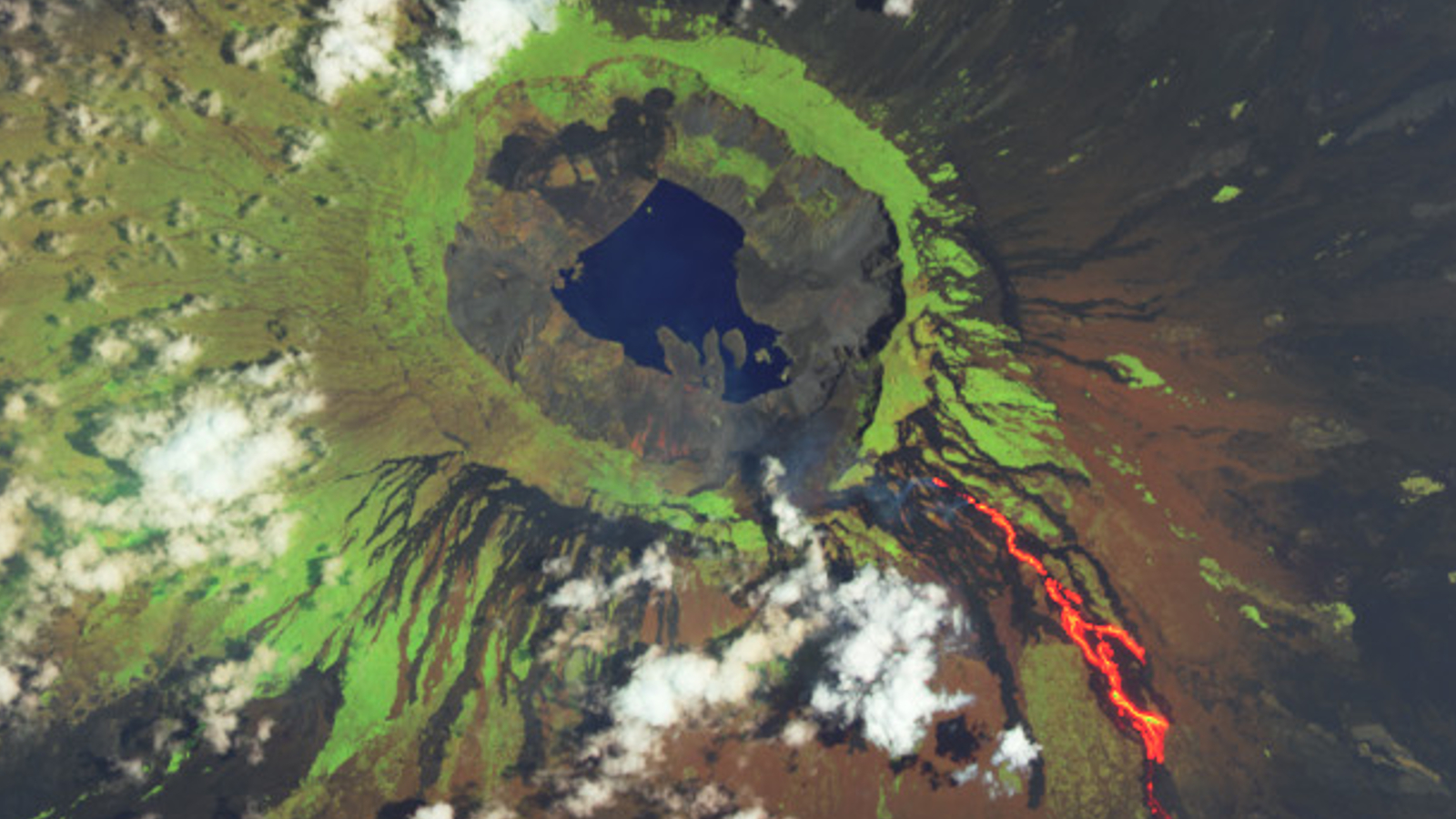Minerals, Vol. 14, Pages 327: Gold Migration and Precipitation as Collaurum in Orogenic Gold Deposits: Constrains from Microscopic Gold Particles Observed in the Alteration Zone in Shanggong Gold Ore, Henan, China
Minerals doi: 10.3390/min14030327
Authors: Yu Qiao Zhixuan Han Bimin Zhang Xiaocheng Wei Chunfang Dong Hanliang Liu
Aqueous complexation has long been considered the only viable means of transporting gold to depositional sites in hydrothermal ore-forming systems. Here, we present direct evidence supporting an alternative hypothesis, namely, the transport of gold as colloidal particles. We observed nano-scale gold particles adsorbed on halloysite and micro-scale gold particles in altered rocks by TEM and SEM in the Shanggong orogenic gold deposit. Based on this evidence, we propose a feasible model for the origin of microscopic gold particles in alteration zones. In the early stage of ore-forming fluid, gold may migrate in the form of collaurum, which is maintained by supercritical CO2 and colloidal silica. Low salinity and high pressure are conducive to the stable migration of colloidal gold. When the physicochemical conditions change, some collaurum is precipitated and adsorbed by the clay minerals produced by hydrothermal alteration, and some collaurum undergoes growth and evolves into micro-submicrometer-sized gold particles. This study highlighted the significance of collaurum in the formation of orogenic gold deposits.

 1 month ago
16
1 month ago
16


